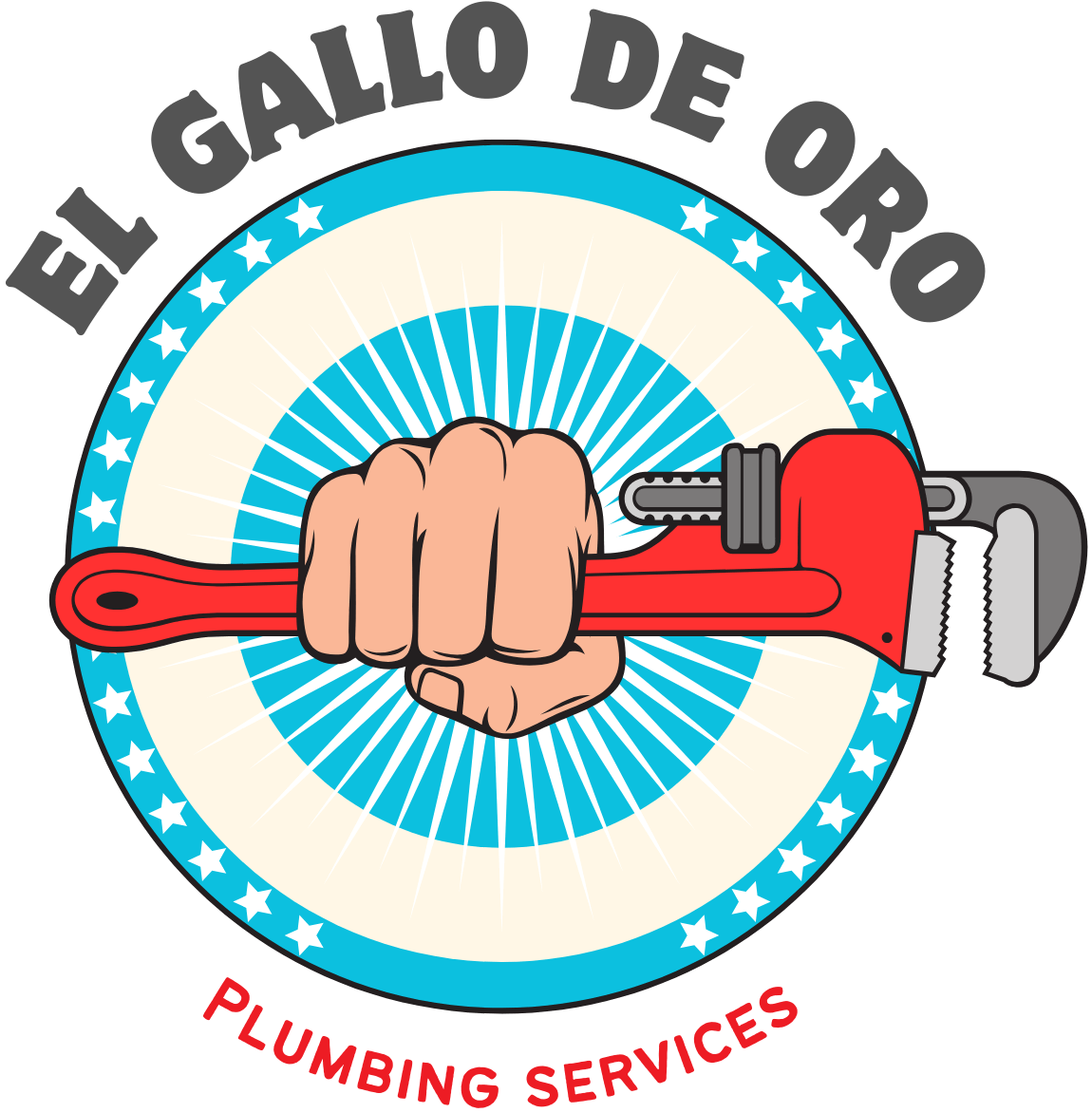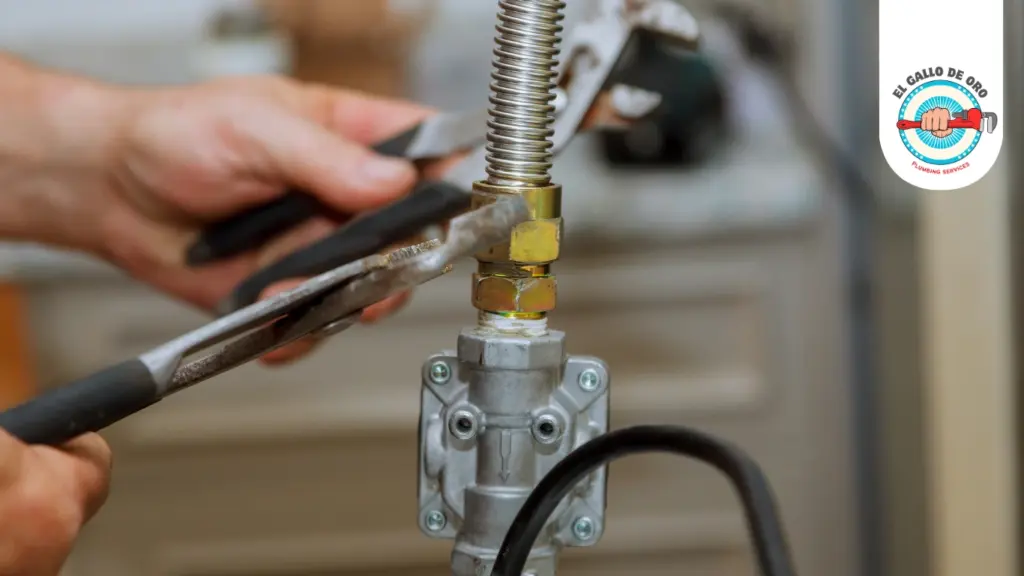Gas lines are only as strong as their connections. Over time, the fittings and joints that link pipe segments together can weaken due to vibrations, shifting foundations, corrosion, or poor installation. These small components are often overlooked, yet they play a critical role in maintaining a sealed, pressure-safe gas system. If left unchecked, even a minor defect can allow gas to escape, posing a risk to both safety and property. That’s why reinforcing these vulnerable areas is a key aspect of preventative maintenance.
How Leaks Begin Around Joints and Fittings
Gas leaks often start where metal meets metal. Threaded fittings, compression joints, and flex hose connections are all potential weak points, especially in systems that experience daily use. Wear from temperature changes and mechanical stress gradually loosens these connections, allowing gas to seep out slowly before it becomes noticeable. In older homes, aging materials may no longer meet modern safety standards, making them more prone to failure. This is where professional gas line repair comes into focus, targeting the precise locations where problems originate.
Diagnostic Tools that Reveal the Hidden Threats
Locating a leak at a joint or fitting isn’t always straightforward. Some issues remain hidden behind walls or beneath flooring. Today’s advanced diagnostic tools, like ultrasonic sensors and gas-specific leak detectors, allow technicians to pinpoint weaknesses without invasive procedures. These technologies make it possible to assess both the surface condition and the internal integrity of gas line components. Gas line repair then focuses on replacing damaged parts, resealing threads, or reinforcing connections to restore a safe, closed system.
Long-Term Protection Through Targeted Solutions
Reinforcing joints and fittings doesn’t just solve a current leak—it helps future-proof the system. When done correctly, gas line repair creates stronger seals, minimizes movement at connection points, and updates outdated hardware with durable, code-compliant materials. In areas with heavy appliance usage or high humidity, this added reinforcement can extend the lifespan of the entire gas infrastructure. Consistent maintenance and occasional upgrades play a vital role in keeping homes protected against slow-developing, hard-to-detect gas issues.
Leaks caused by faulty fittings or loose joints are preventable with the right approach. By understanding where these risks exist and how gas line repair directly addresses them, homeowners can take a more informed role in protecting their environment. Strengthening these high-risk spots ensures that gas systems remain reliable, efficient, and most importantly—safe.
Read more:
The Impact of Routine Maintenance and Gas Line Repair on Explosion Prevention
The Role of Gas Line Repair in Protecting High-Risk Areas Like Kitchens and Garages

